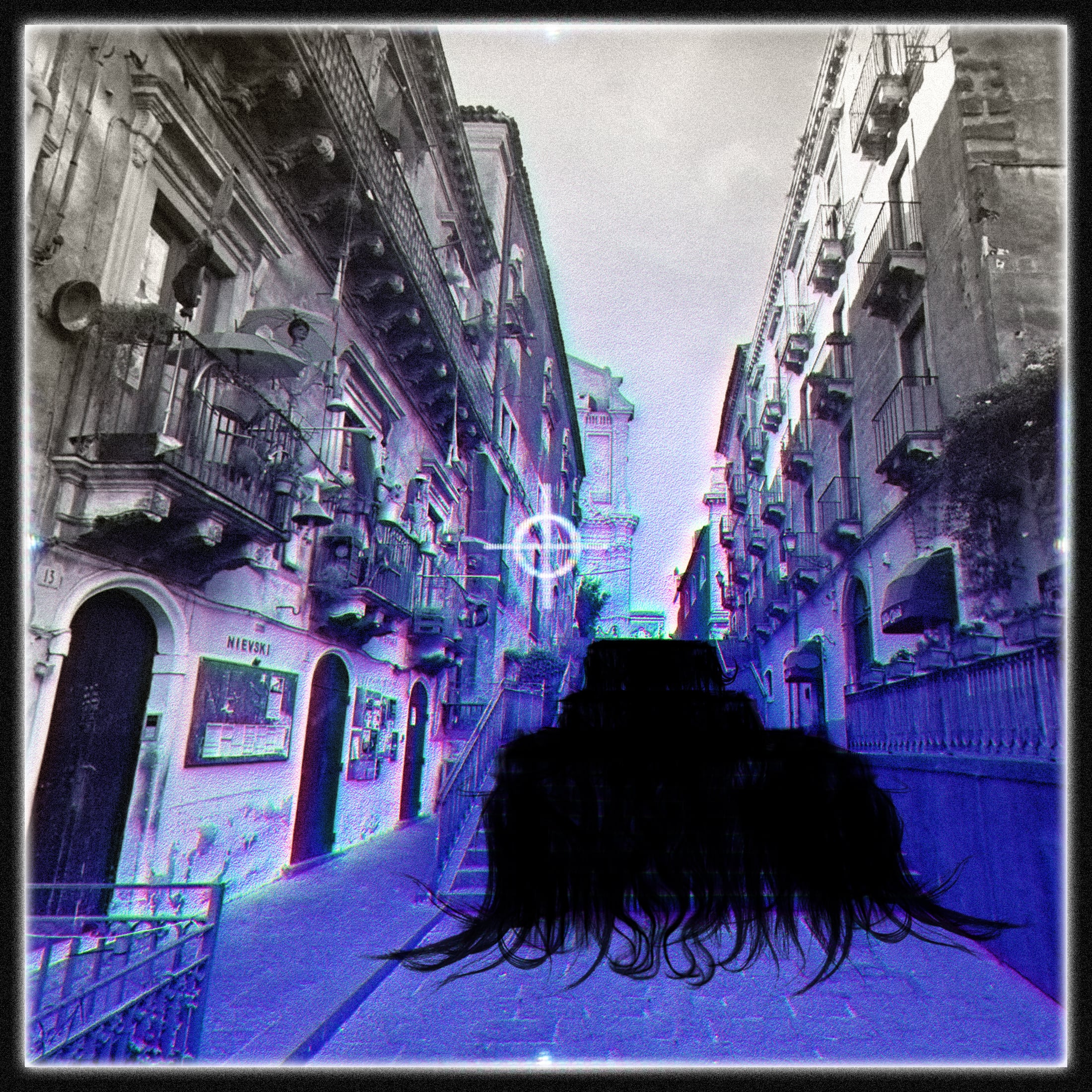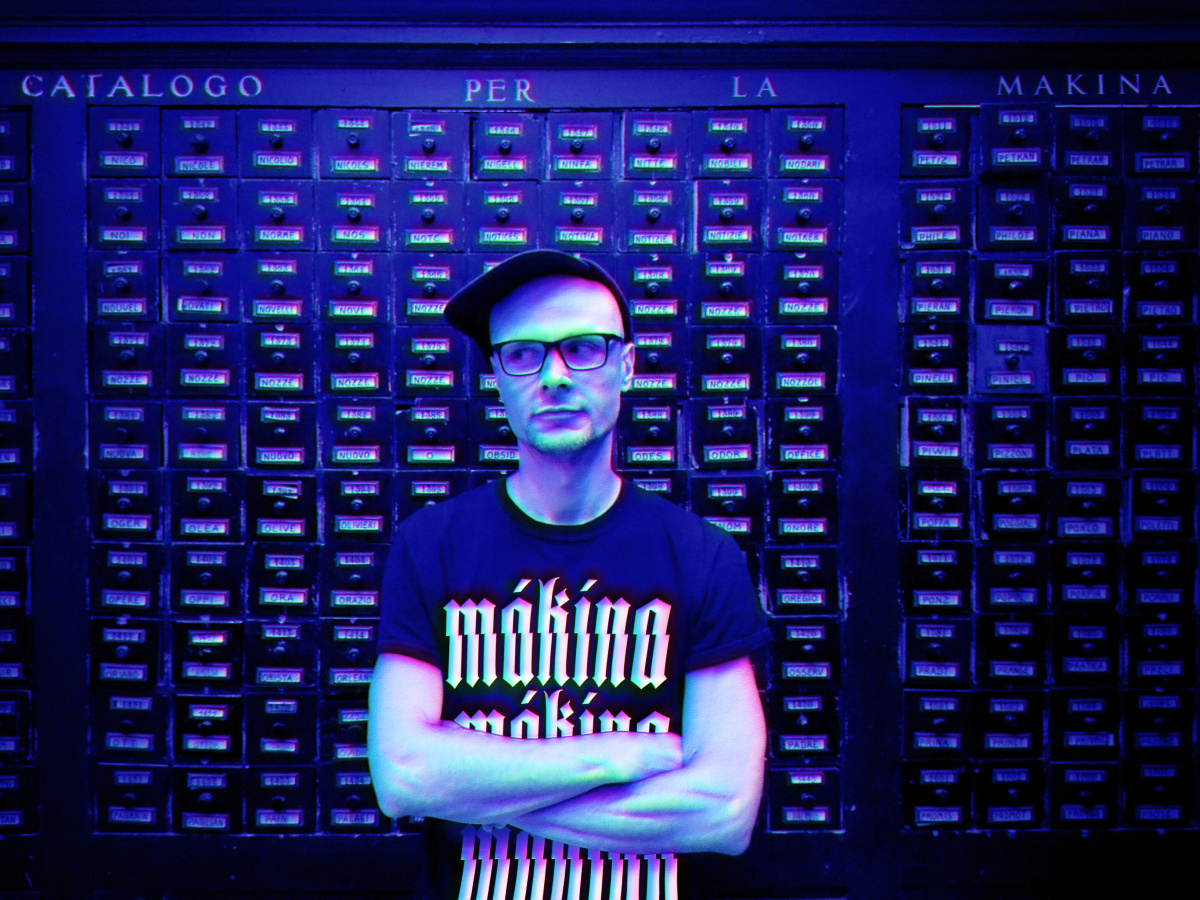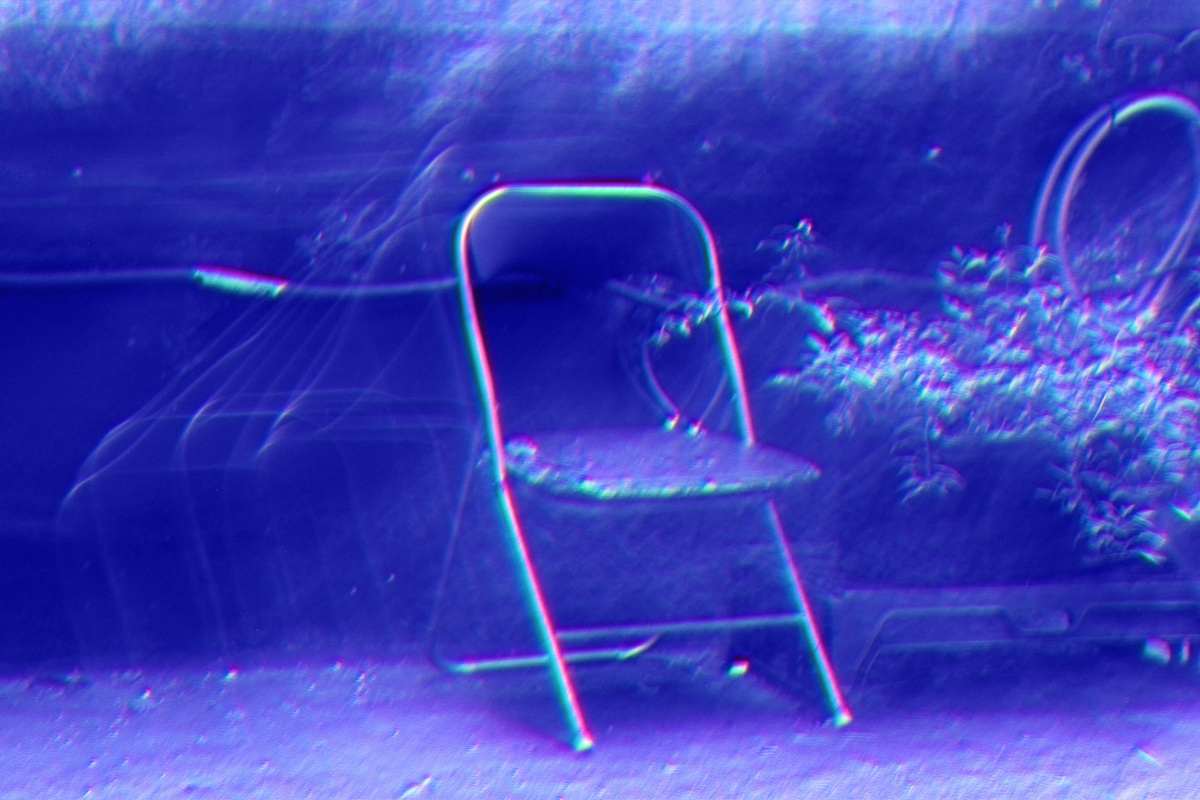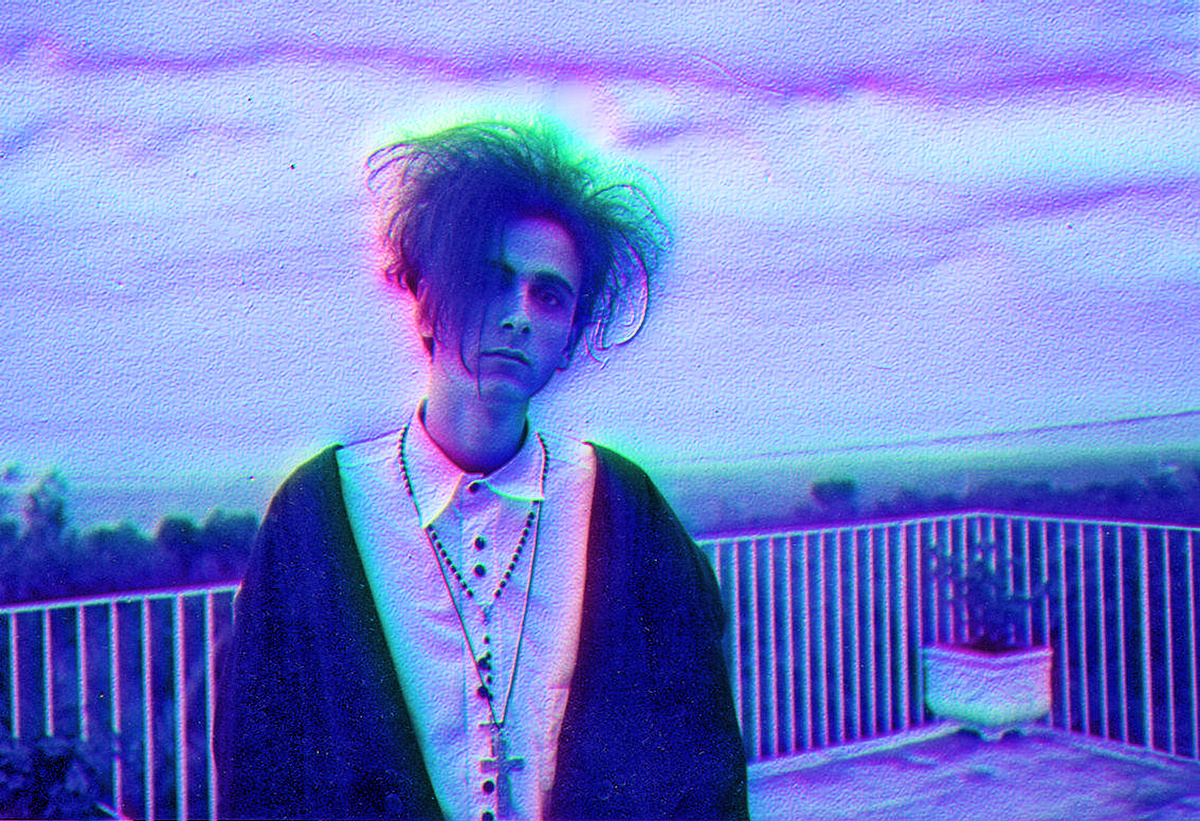
We, the Boys From Giarre: Growing Up as a Teenage Goth in 1980s Sicily
In this short memoir, an excerpt from a longer version originally published (in Italian and English) on his website, London-based Sicilian visual artist and musician Seb Patane reflects on what it meant (and still means in hindsight) to be a young Italian fascinated with British subcultures. Images from the author’s personal archive, and an exclusive mixtape with music from the era, accompany his account.
I became a «dark waver», or simply and rather reductively «dark» (the mismatched Italian equivalent for «goth» in the Anglo-Saxon world) at the beginning of the second half of the 1980s.
Goth in general has always been regarded as a less politically and culturally involved youth movement compared to, say, punk; this was in my opinion a gross misreading, and simply an excuse to criticize a lifestyle that, as well as having depth and resonance, also had a corresponding aesthetic aspect that for some was way too ornate, or too uncomfortably baroque and dramatic.
Instead, the mere act of putting yourself out in the street pale, poised and monochromatic, was already a destabilizing motion for a society which during that era had become obsessed with unsavory fluorescent colors, irrepressible material values, and exasperated ideas of capitalist success. Or at least so we thought it was for us, dark wavers from the village.
The Village
It was about four or five of us, between Giarre and Riposto, neighboring provinces about 30 minutes away from the city of Catania, Sicily, in the mid to late 1980s. All boys, apart from the occasional female presence, few but good, or should I say very good.
I don’t even remember precisely how I came to this transformation; in a way I think it was always in me, to put it simply. My adoration for bands like The Cure and Depeche Mode early in my adolescence and marveling at a phase of fashionable blackwear sported by my older sister – ever a source of inspiration and always tuned in on the latest trends – were possibly initially to blame.
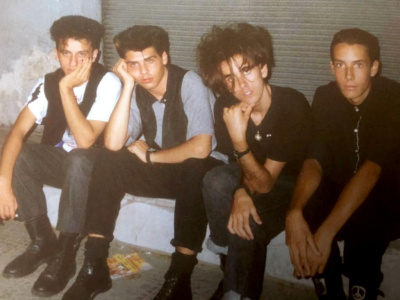
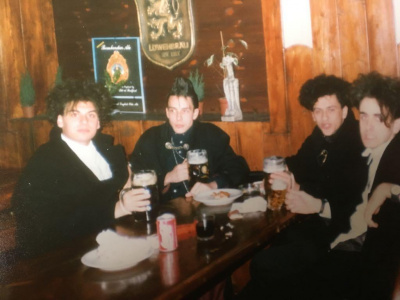
We reached our aesthetic maturity relatively quickly; we did not refrain from back-combing our hair to the nines, wearing rosaries and crucifixes bought from the local church shop (much to the bemusement of the shop assistant), putting white talcum powder on our faces, ordering winklepickers shoes from the shop «Inferno e Suicidio» (Hell and Suicide) from Florence.
Summers in a Mediterranean village by the sea were a kind of torture; for a whole season I refused to go to the beach, something I loved doing as a child, to keep my face and body pale and untanned. It was a disaster to be sporting layers of heavily sprayed, cascading hair locks and wearing long-sleeved black shirts with that humid Southern heat; to think about it now, it seems like a ridiculous punishment, but at the time a necessary choice to maintain your lifestyle.
The City
At some point, since we were too young to drive, we started going to the city of Catania by train. In our visits, we mainly hoped to bump into and meet other souls in tune with us; we were eager to get to know like-minded animals, in order to exchange ideas with them and talk about everything we had learned so far. To meet or even to simply catch a glimpse of someone like «us» was truly a special and magical moment, and a sign that we were not alone.
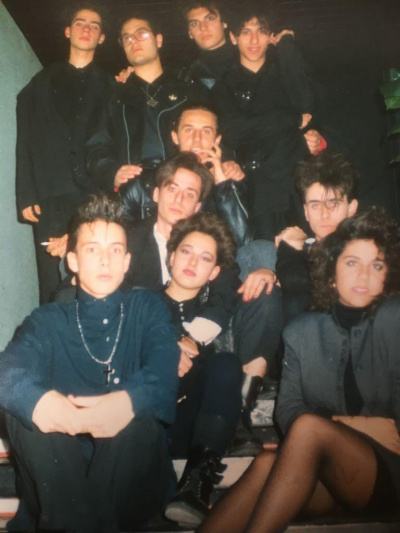
However, the city’s alternative lifestyle existed especially at night, and for us that was still quite an obstacle. We timidly started going out by train, also in the evenings, but that meant coming back to the village with the last available ride which was about 10:30pm if I remember correctly – way too early for a night out deserving of its name. We used to go to an «alternative» pub in the city center, and when we managed to get a lift, to parties at the club Divina, which we went to a handful of times, a glorious one in particular to see the electronic band Pankow from Florence, which completely blew my fertile mind away.
«They sound like Sabrina Salerno» (famous 1980s Italo Disco starlette), a group of out of context lads next to me had announced with disdain, just because the band was using synths and drum machines. «Idiots», I thought to myself. «This is the future.»
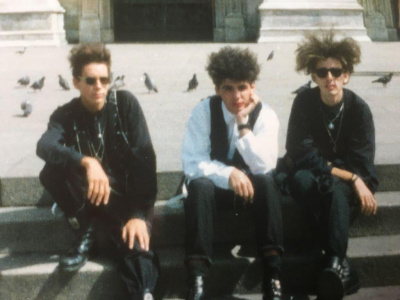
Art, Music, Change
We didn’t just care about the perfect hairdo; we were avid readers, regularly attended all school strikes and political marches and demonstrations, we dabbled with writing and art, loved experimental cinema, were (or played at being) vegetarians, saw ourselves as mystical, spiritual beings, always trying to be «good people»: Politically correct, socially involved, and poetically respectful of all that seemed modern, civilized, and progressive.
Once our taste for hedonistic nightlife was fully extinguished, we focused on independently-run anarchic «social centers», eventually steering towards live gigs in general, which after all had always been what interested us the most.
My favorite live venue in Catania was the Macumba, the «underground» venue par excellence. To start with, you literally had to walk down a dingy garage slope to be able to get into the venue itself. Inside it was at last satisfyingly dark, the rough decor being in fact almost all black if I remember correctly. The vibe was tough yet exciting at the same time and, like every other place in Catania, full of cigarette smoke in the extreme.
A memorable concert there was the one by the Californian goth band Christian Death; they were one of our favorites and we thought it was insane that they were playing at a mere 30 minute motorway drive from home.
With time we felt braver and started travelling further to see gigs or went on holidays to Florence or Bologna, cities that had been described to us as meccas of alternative culture. In June 1989, we went on a group expedition to finally see The Cure in Rome, an immense celebratory moment, a precious and indelible triumphant memory.
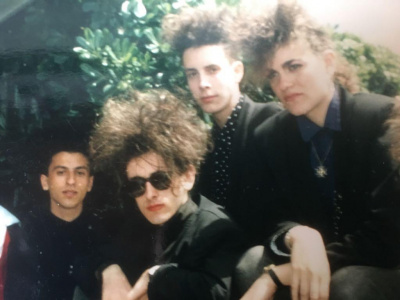
The summer of 1990 saw my first visit to London; it was love immediate and intense, but in a way also the start of a transformation not only aesthetic, but also emotional. During those torrid weeks in August in the English capital, I had seen so many goths and new wavers that by the time I got back home, although happy, I felt almost like a big chapter of my life was ready to start fading.
My final detachment from the movement would however manifest itself more or less fully by the time I moved permanently to London in early 1993.
I’m still here. The much-desired city, London in this case, has ended up becoming my nest, and it’s something I never take for granted, and a relationship that never ceases to fascinate me. I have transformed my ink doodles as a bored school kid into a profession and works of art that have been acquired the world over and by major institutions like the British Museum or MoMa in New York, and occasionally I still pinch myself to make sure it’s all real.
Credits Mixtape
1. Litfiba: «Luna»
2. Neon: «My Blues Is You»
3. Underground Life: «Le Vol»
4. Pankow: «Touch»
5. Diaframma: «Siberia»
6. Kirlian Camera: «Edges»
7. CCCP: «Io Sto Bene»
8. Weimar Gesang: «Like in a Mirror»
9. Death in Venice: «Orgams Guaranteed»
10. Carillon Del Dolore: «Escono Il Coro E Gli Attori»
This article is part of Norient’s publication «Sonic Traces: From Italy», curated by Francesco Fusaro and funded by Italia Music Export, with the kind support of Istituto Italiano di Cultura di Londra and the Festival of Italian Literature in London.
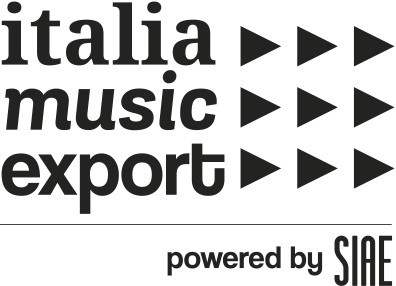
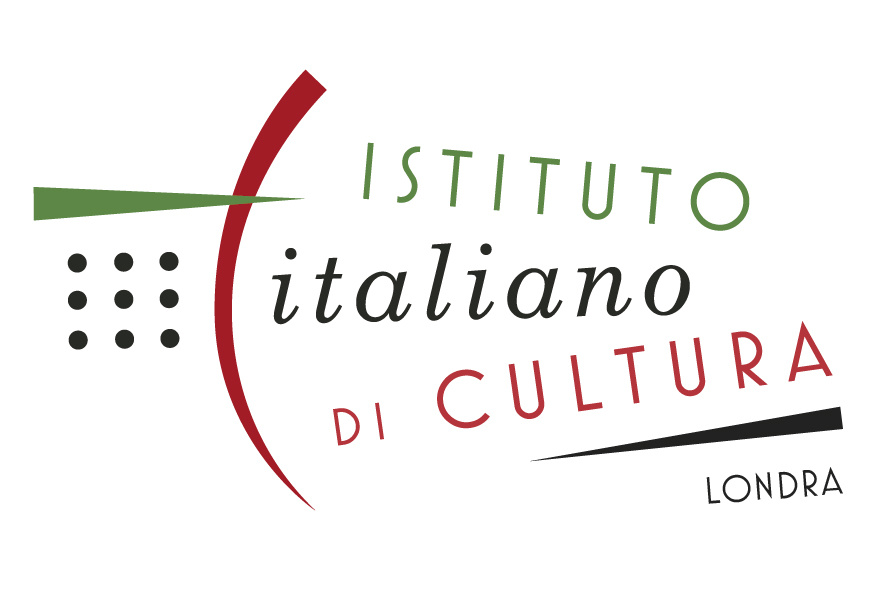
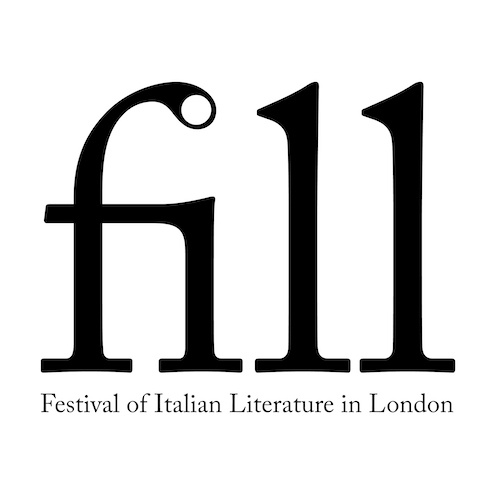
Biography
Shop

Published on April 22, 2021
Last updated on April 09, 2024
Topics
Why do people in Karachi yell rather than talk and how does the sound of Dakar or Luanda affect music production?
From Muslim taqwacore to how the rave scene in Athens counters the financial crisis.
From Korean visual kei to Brazilian rasterinha, or the dangers of suddenly rising to fame at a young age.
Special
Snap
